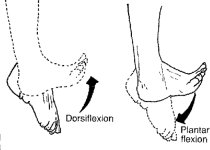PrizeFighteR
Mecca V.I.P.
VIP
- Joined
- Aug 16, 2007
- Messages
- 1,141
- Points
- 38
I've never caught myself doing this but I will definitely keep a closer eye for it. Any more bench strength tips will be greatly appreciated because I'm gunning for 275 by New Years!
Creator how do you like your major? It seems very interesting, is it difficult?
Creator how do you like your major? It seems very interesting, is it difficult?

























